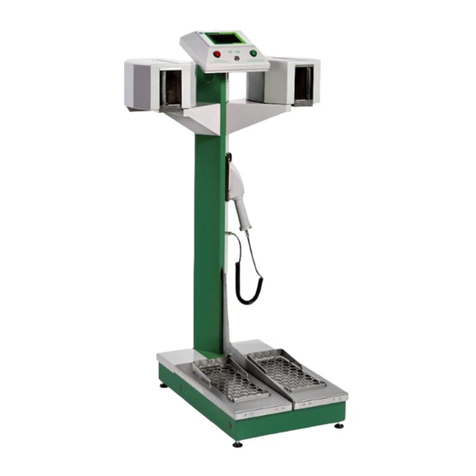
Table of Contens
VF1706050120 EN revision H 3
Table of Contens
Instructions for Use .............................................................................................. 1
Table of Contens ................................................................................................... 3
List of Figures ....................................................................................................... 6
List of Tables......................................................................................................... 7
Foreword............................................................................................................... 8
1.Introduction....................................................................................................... 9
1.1. Abbreviations 9
1.2. Terms and definitions 10
1.3. Acts, regulations and standards 12
2.Occupational safety, fire protection and environmental impacts................... 13
2.1. Occupational safety 13
2.1.1 Safety signs used in VF, a.s. and their meanings................................................................. 13
2.1.2 Obligations of the operator ................................................................................................ 13
2.1.3 Qualification requirements of the staff................................................................................ 13
2.1.4 Conditions for the safe operation of electrical equipment ..................................................... 13
2.2. Fire protection 14
2.3. Environmental impact statement 14
2.4. Instrument disposal 14
3.Technical specification .................................................................................... 15
3.1. PAM-100 series: PAM-100A, PAM-100B, PAM-100C, PAM-100D, PAM-100E 16
3.2. PAM-170 series: PAM-170A, PAM-170B, PAM-170-C, PAM-170D, PAM-170C, PAM-170E 18
4.General description.......................................................................................... 20
4.1. Purpose 20
4.2. Overview of PAM series meters 20
4.3. Basic principle of operation 21
4.4. Constructional arrangement 22
4.5. Operating the instrument 25
5.Before putting the instrument into operation................................................. 26
5.1. Transportation 26
5.2. Initial preparation 26
5.3. Power supply 26




























